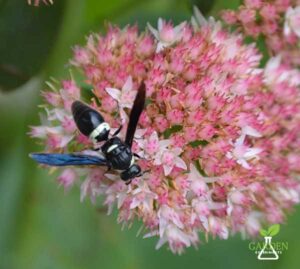National Pollinator Week occurs in mid- to late-June each year. The goal of this Week is to celebrate the beneficial insects, birds, and mammals that pollinate the flowers of plants that produce much of our food, maintain our ecosystems, stabilize soils, and provide wildlife habitat. It also serves to educate people about what they can do to help pollinators.
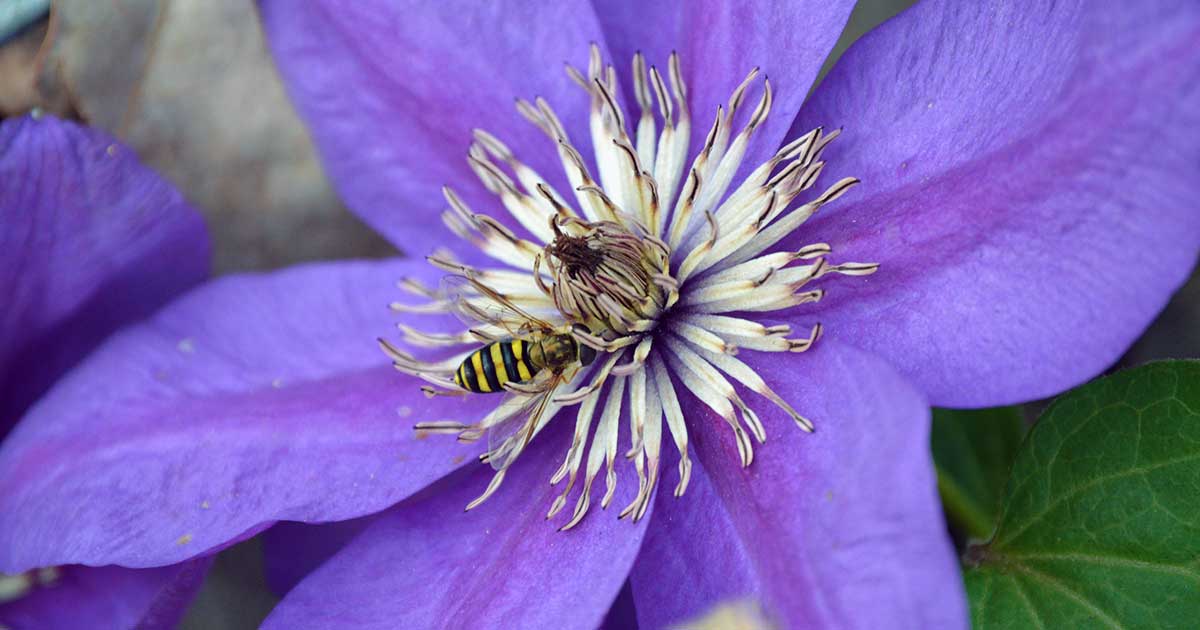
Why are pollinators important?
According to the Pollinator Partnership, pollinators assist in the reproduction of more than 180,000 plant species worldwide – 1,200 of which are crop species like blueberries, squash, potatoes, carrots, almonds, coffee, tomatoes, strawberries, grapes, onions, beans, and tobacco, among others.
Many flowering plants evolved hand-in-hand with their pollinators. To attract a particular pollinator, these plants bloom at a particular time of day (or night), produce specifically shaped flowers, color their flowers to provide a ‘landing pad’ for pollinators, produce a particular scent, or use other methods.
If the pollinators that a plant evolved with were to disappear, the reproduction of that plant species would be severely limited.
While some plants can self-pollinate, many plants require insects for adequate pollination. Eventually, this could result in the loss of that plant species.
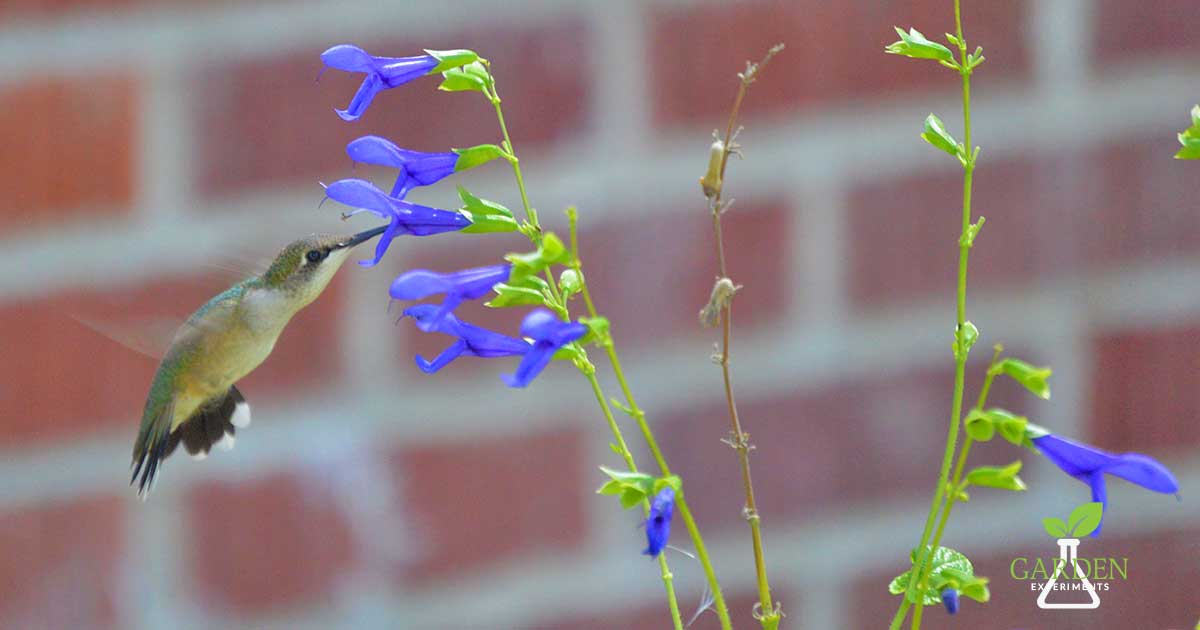
As the reproductive capability of a plant species is reduced, this would result in a negative impact for all of the animals that rely on the fruits or nuts of those plants or those animals, birds, and insects that use the plant for habitat or nesting.
The loss of these plants could also impact soil erosion and habitat diversity – with the effects echoing down and up the food chain. (Source: https://faculty.ucr.edu/~legneref/pollination/pollinat.htm)
Let’s just say that without pollinators, and in particular insect pollinators, the outlook is bleak.
What is a pollinator?
When we think of pollinators, we usually think of insects. Bees and butterflies immediately come to mind, but there are other pollinators that play a key role in plant reproduction and food production in different parts of the world. (Read this article on unusual pollinators from the US Forest Service.) These include:
- Ants
- Bats
- Birds
- Beetles
- Moths
- Flies
- Wasps
- Lizards
- Monkeys
- Squirrels
- Lemurs
- Slugs
- Leafhoppers
- Sawflies
- Honeybees
- Butterflies
What else pollinates flowers?
Flowers can also be pollinated through wind, water, and gravity. Let that sink in (lol).
Pine trees are a good example of a wind-pollinated species. Each tree produces a large amount of pollen that is picked up by the wind and hopefully brought to a female cone. Once the female cone is pollinated, it will produce seeds.
Watch the pollen cloud fly out of this tree when a bulldozer taps it:
Why do pollinators need help?
Pollinator numbers are declining worldwide. According to the Center for Pollinator Research at Penn State, the factors contributing to the decline include loss of habitat, parasites and pathogens, and the increased use of pesticides.
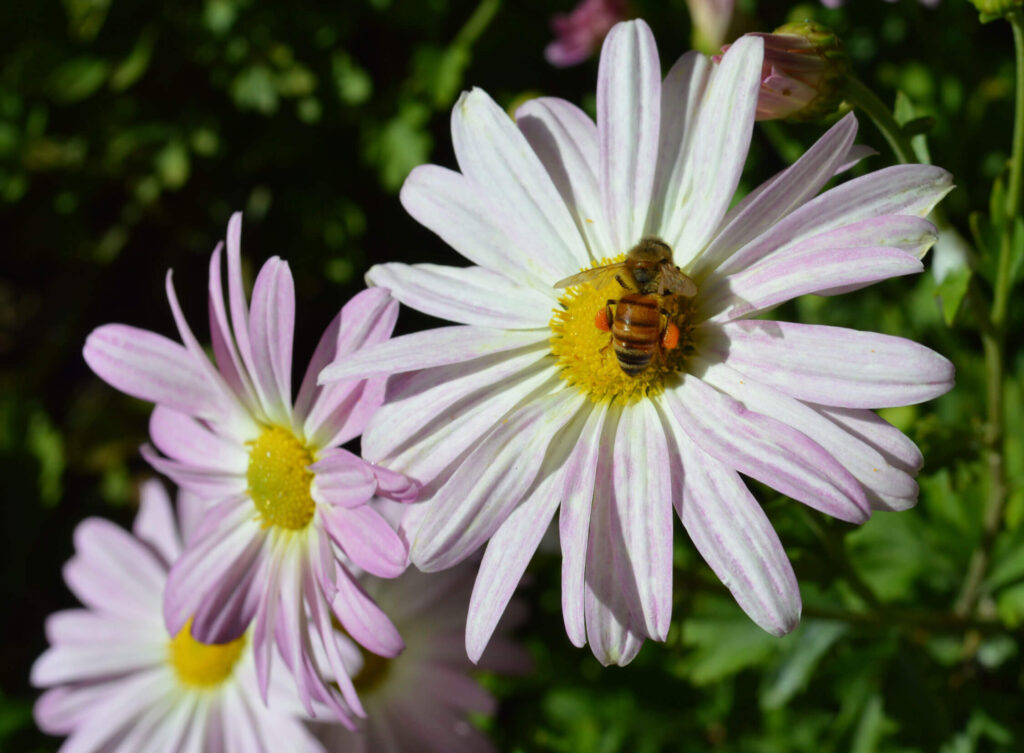
Honey bees are a good example of pollinators in decline. Honey bees are used to pollinate many agricultural crops. Their population is tracked in the U.S. and Europe so scientists have a pretty good baseline for what is happening with them.
The nonprofit group Bee Informed has conducted an annual national honey bee colony loss survey for the U.S. since 2007. Beekeepers in some states have lost approximately 30% of their bee colonies each year. That’s insane!
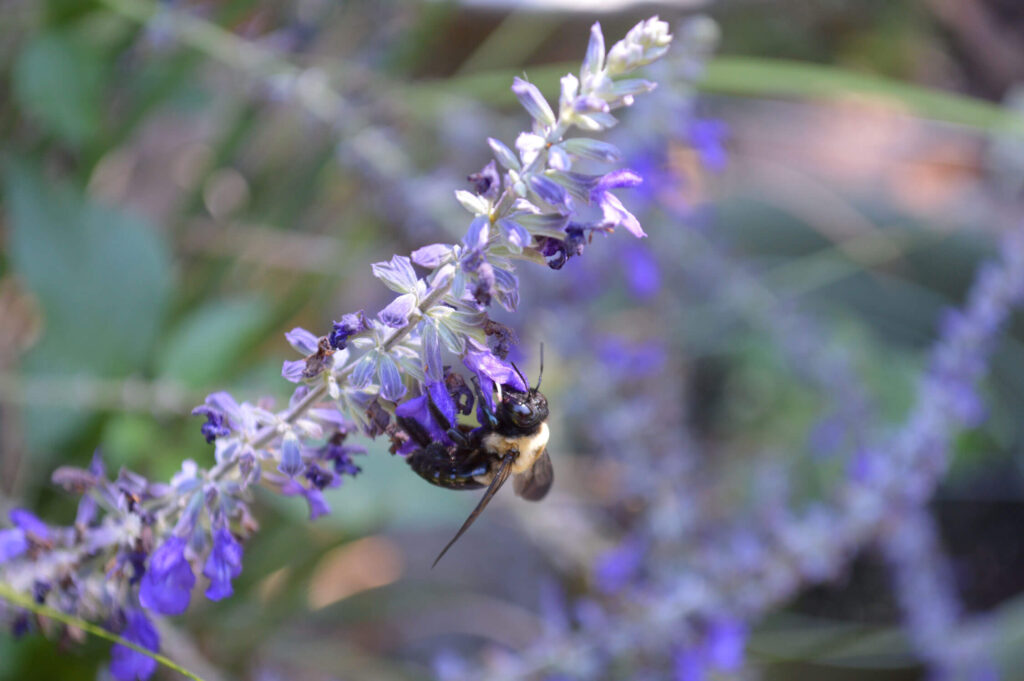
Plants that attract pollinators
If you want to attract and feed pollinators in your garden, here are some articles that provide plant suggestions:
- Fall Asters: Purple Blooms for Bees, Butterflies, & Beauty
- 30 Plants to Feed & Host Butterflies in Your Garden
- Choose Plants for Butterflies This Year
- Food Plants for Butterflies and Caterpillars
- Making a Home for Gulf Fritillary Butterflies in My Garden
- How to Attract and Feed Eastern Black Swallowtail Butterflies
- Attract Hummingbirds and Butterflies with Bee Balm (Monarda spp)
- Red Buckeye Flowers For Butterflies, Bees, and Hummingbirds
- Top 5 benefits of gardening with native plants
- How to Create Good Wildlife Habitat in Your Backyard
- Blue Anise Sage: Grow Salvia guaranitica to Attract Hummingbirds

